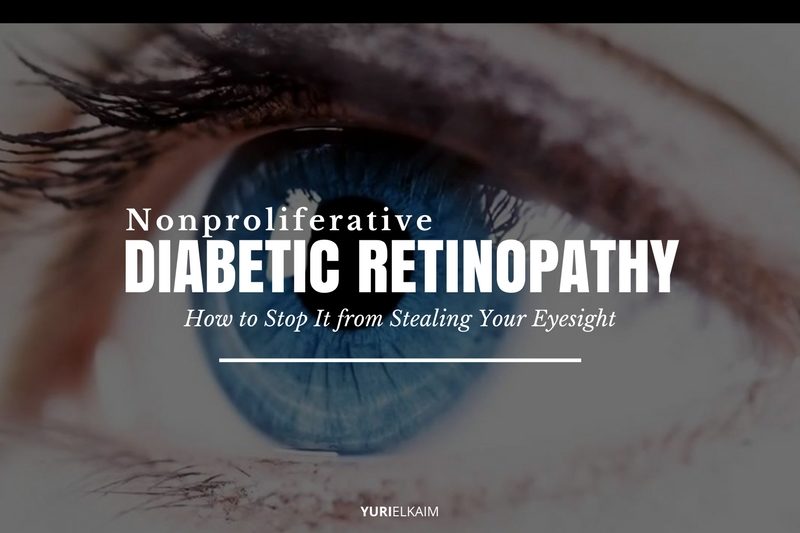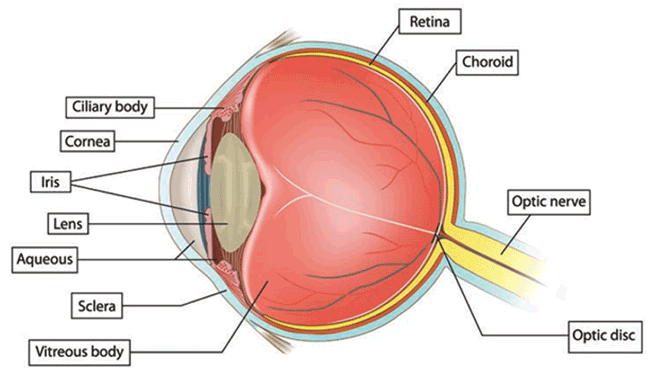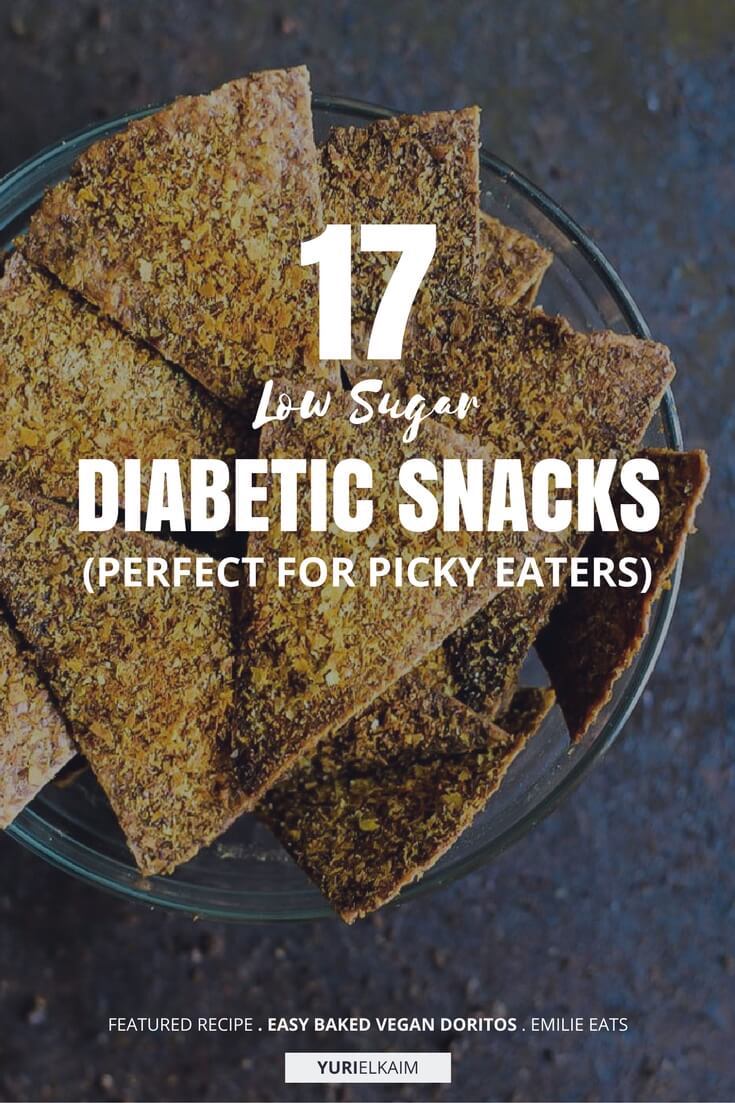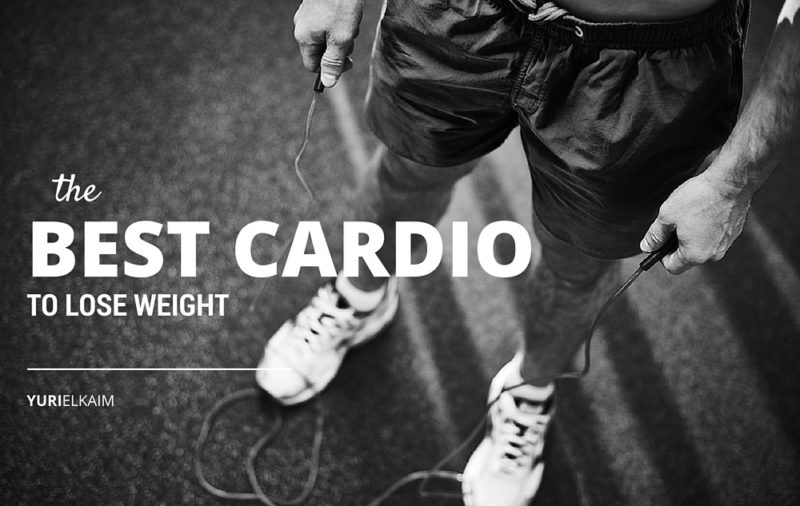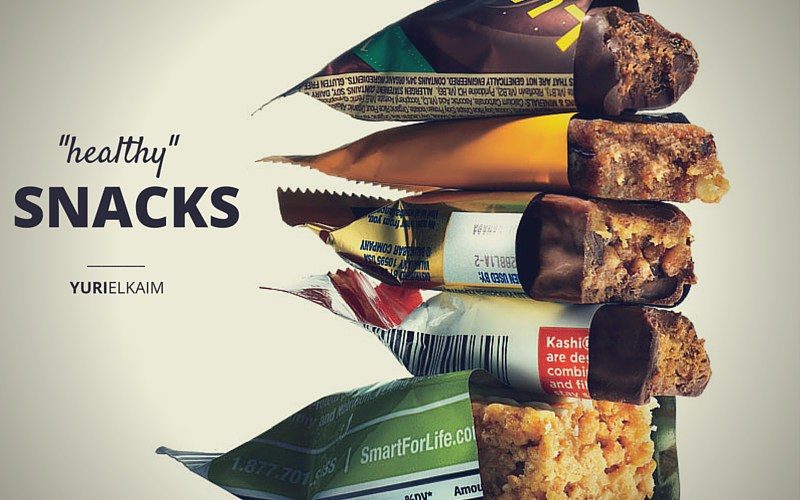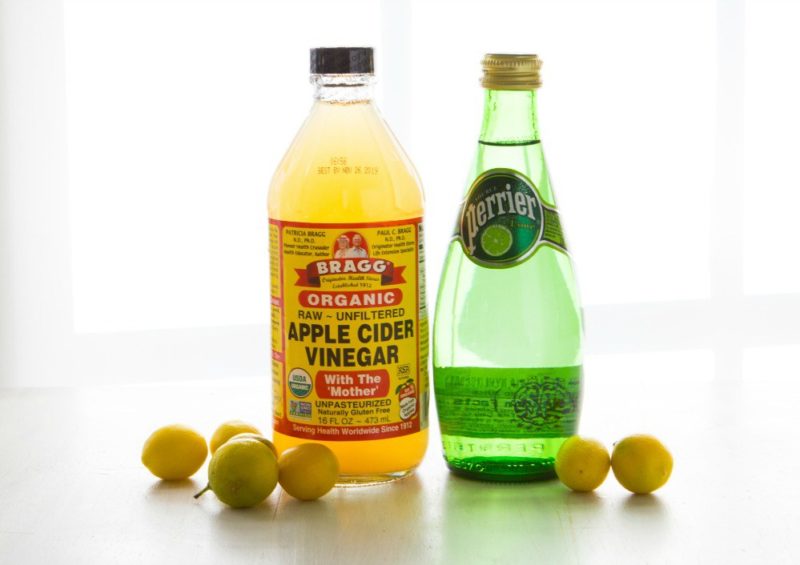In this article
When you’re diagnosed with diabetes, suddenly there’s a lot to think about: insulin, medications, carb counting, and exercise often are at the top of the list.
But slowly losing your vision until eventually you can’t see?
For most people who’ve had diabetes for 10 or more years, that’s a very scary – and very real – possibility.
Most of us know about the connection between diabetes and heart health. But a lot of people don’t know about the massive toll it can take on your whole body – including your eyes.
Nonproliferative diabetic retinopathy is just one of the dangerous ways that prolonged diabetes can affect your wellbeing.
When you have long-term diabetes, it can gradually deteriorate your vision, and even strip you of your sight entirely.
The good news is that you can prevent vision damage, but it takes hard work, dedication, and lifestyle modifications to do it.
Whether you or someone you know has diabetes, it’s important to know how to stop nonproliferative diabetic retinopathy before it begins.
Let’s take a look at the basics first.
The Essentials of Eyesight
Your ability to see is the result of a pretty magnificent and complicated process that converts light signals into images in your brain.
Light comes in through your eye lens where it is focused and then passed into the retina, where photoreceptors translate it into a series of electrical impulses that your brain interprets into images.
The retina gets its blood supply through very small capillaries in the back of the eye which help it function correctly and allow us to see.
Diabetic Nonproliferative Retinopathy
Diabetic retinopathy occurs as a result of damage to the retina, and more specifically due to swelling and fluid retention in the blood vessels that support the retina.
How does this happen? It all comes back to blood sugar.
Chronic high blood sugar causes a condition called edema, which is the accumulation of fluid. This is a lot like what happens when you stay sitting for too long and notice that your legs and feet start to swell.
This condition also directly affects the macula.
This is an oval-shaped area in the center of your retina and it’s the region of greatest visual acuity, allowing you to see right in front of you.
When blood vessels in the macula swell from edema, they leak fluid and cause blurriness or even black spots in vision.
That’s why it makes sense that some of the biggest telltale diabetic retinopathy symptoms include blurred vision, distortions in sight, seeing spots, and eventual vision loss.
Stages of Diabetic Retinopathy
The damage from diabetic retinopathy progresses through several stages. The four diabetic retinopathy stages are ():
- Mild nonproliferative retinopathy: Microaneurysms, or small areas of swelling in the blood vessels of the retina, form and can leak fluid into the retina.
- Moderate nonproliferative retinopathy: The blood vessels of the retina become distorted and may slowly lose their ability to transport blood.
- Severe nonproliferative retinopathy: Blood vessels become blocked and the retina becomes deprived of blood. Growth factor is secreted, which triggers the retina to grow new blood vessels.
- Proliferative diabetic retinopathy: The retina begins growing new blood vessels on its inside surface and in the vitreous gel, or the fluid of the eye. The new blood vessels are fragile and leak easily. Scar tissue is often formed, which can detach the retina and lead to permanent loss of vision.
Sounds pretty scary, right?
Luckily, there are ways to prevent diabetic retinopathy from wreaking havoc on your vision and it really just involves making a few manageable lifestyle changes.
How to Take Care of your Sight
Depending on how far your vision changes may have progressed, you might need to pursue diabetic retinopathy treatment, which can include surgery or anti-inflammatory medications.
If you haven’t experienced any symptoms yet, now is the time to work on implementing some strategies for prevention.
Here’s how:
1. Fill your plate right.
The key to preventing diabetic retinopathy starts on your plate. Following a diabetic-friendly diet is one of the best things you can do for your vision, your blood sugar, and your health.
But what does it really mean to follow a diabetic diet? It might sound totally flavorless and bland, but that couldn’t be further from the truth.
A diabetic diet just means keeping your carbohydrates in moderation and selecting foods that fall lower on the glycemic index to avoid spiking your blood sugar. It also means loading up on the protein to keep you feeling full, plus including plenty of fiber to level out your blood sugar.
Non-starchy veggies should make up half your plate with the rest split evenly between protein and a healthy source of carbs.
Recommended Reading:
- 17 Easy, Low Sugar Snacks for Diabetics (Perfect for Picky Eaters)
- 21 Healthy High Protein Breakfasts You Need to Make
2. Get some exercise.
Physical activity is one of the absolute best ways to keep your blood sugar in check, and it’s also one of the easiest.
It works by increasing your body’s sensitivity to insulin, making it much more efficient at using the insulin it already produces. It also helps your muscles take up glucose and use it as energy, preventing excess sugar from staying in your blood (2).
Research shows that high-intensity interval training can make a big impact in blood sugar levels. High-intensity activity combined with relief periods can improve glucose control and increase insulin sensitivity. In fact, just one session of exercise has been shown to bring these benefits up to two days after recovery (3).
Recommended Reading:
3. Eat more whole foods and less junk.
These days, processed junk food makes up a pretty substantial chunk of the average western diet. Unfortunately, these kinds of food can be detrimental to a diabetic diet – they’re full of excess salt, sugar, and additives that can be harmful even if you’re not diabetic.
Refined sugar, in particular, can spike blood sugar and lead to a whole slew of problems down the line if it’s a regular part of your diet.
Instead, cut processed foods from your diet and focus on whole foods, like fruits, vegetables, beans, nuts, legumes, and gluten-free grains.
A good way to check if a food should be in your diet is to take a look at the ingredients label. If you see some long names that sound like they should be in a science lab instead of on your plate, you probably should skip them altogether.
Recommended Reading:
- The 4 Worst “Healthy” Snacks (And What to Eat Instead)
- The 8 Worst Breakfast Foods to Eat in the Morning
4. Drink smarter.
We all know that soda is bad for us. It’s full of sugar, calories, and chemicals that can take a toll on our health.
But did you know that drinking fruit juice is just as bad – if not worse – than downing a bottle of soda?
It’s true. While fruit may be good for us, that’s because it comes with lots of good nutrients, like fiber, that help prevent blood sugar from shooting up instantly.
With juice, you’re getting a concentrated dose of all of the sugar from fruit, but you’re taking out all the good stuff that comes with it.
Instead, pick other beverages to keep you hydrated throughout the day. Plain water is the easiest choice, of course, but subbing it for seltzer or an apple cider vinegar drink can be good alternatives if you’re looking to mix it up.
Thanks to its acetic acid content, apple cider vinegar reduces the glycemic load of certain foods, which decreases the blood sugar response. This keeps blood sugar levels stable, making it an excellent choice for diabetics.
Recommended Reading:
- 7 Green Detox Juice Recipes (No Fruit Added)
- 7 Refreshing Detox Water Recipes
- Apple Cider Vinegar Detox Soda Drink
5. Add resistant starch into your diet.
If you have diabetes, you’ve probably been trained to avoid starch like the plague. It’s important to keep in mind that not all starch is created equally, however.
In fact, resistant starch is a type of starch that is actually good for you – and your blood sugar too.
Resistant starch passes through your system undigested. Instead, it feeds the good bacteria in your gut that promote good health, regularity, and absorption.
The benefits of resistant starch don’t end there, though. Resistant starch has been shown to keep you feeling full to ward off cravings, improve your digestion, and even block the development of colorectal cancer (4, 5, 6).
It’s also been shown to reduce blood sugar and increase insulin sensitivity, two great benefits for those with diabetes (7).
Raw potato starch, green bananas, legumes, lentils, black beans, and cooked and cooled potatoes and rice are all rich in resistant starch and easy additions to your diet. Adding a few servings of these foods into your diet each day can make a world of difference in the prevention of diabetic retinopathy.
Recommended Reading:
- Creamy No-Mayonnaise Potato Salad (Vegan)
- This Is the Easiest Curried Lentils Recipe You’ll Ever Make
Healthy Lifestyle, Healthy Eyes
Starting to include some healthy lifestyle modifications now is essential for stopping nonproliferative diabetic retinopathy before it happens. It’s never too late to begin using some strategies to prevent damage in the long run.
Not only will you be protecting your eyesight, but you’ll also enjoy better overall health by taking care of your body. Get started today by making a few healthy changes. You’ll see the benefits in no time—and you’ll be able to keep seeing them for years down the line.
Are You at Risk?
If you have type 2 diabetes – or if you want to see if you are on the road to developing this reversible disease – take my 10-question Diabetes Risk Quiz.
You’ll get the answers you need to help you avoid the health consequences of type 2 diabetes – like nonproliferative diabetic retinopathy.
Click here to take the quiz now!

